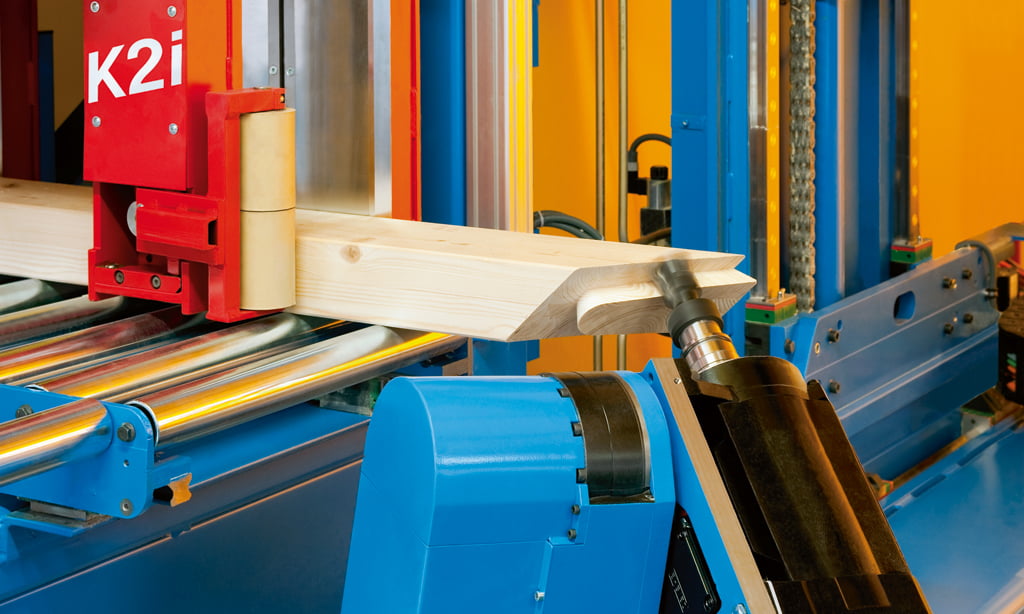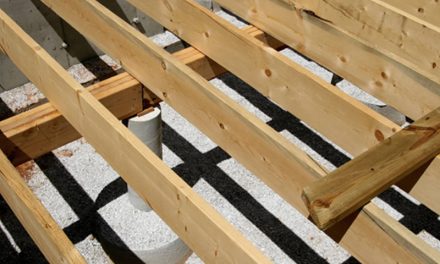Timber construction has continued to evolve since the first ancient man coddled together a cosy shack out of sticks and logs to shelter his family. Fast forward to today, and we are seeing new and exciting technologies that are allowing architects, builders and engineers to create buildings that could previously only be dreamed of, or at best, constructed through long hours of hands-on manual labour.
Combine these new technologies with the recent change to the Building Code that allows the use of timber and wood products in multi-storey buildings, and it’s easy to see that we’re at the beginning of what could be an incredibly exciting time for the timber construction industry.
One company that has already contributed much to this time of exploding opportunity is Hundegger. And Hundegger Australasia’s managing director Charlie Hutchings is champing at the bit to move forward into this new and challenging age.
Dream big – build bigger
Hutchings has been working in the timber and construction industry since he was 14, working for his father’s business, Timberbuilt Solutions, during his school holidays. After graduating from university he came on board full-time in a marketing role, doing some construction work on the side.
“At the time we were looking to automate [his father’s] business and invest in some machinery, and that’s when I was first introduced to Hundegger and their business,” Hutchings says. “I was asked if I would consider representing their products in this market, and that’s where my story with Hundegger began. Within a few weeksI was over in Germany training at their HQ, and upon my return the reputation of our machinery was gaining momentum andour presence in the frame and truss market began to take off throughout Australia and shortly thereafter New Zealand.”
Hundegger’s state-of-the-art woodworking machinery has been helping timber manufacturers around the world dream and create bigger for the past 37 years.
“Our core business has been very much based on joinery machinery,” Hutchings says. “Essentially, machines that do the work of what a master carpenter or a joiner would be doing. Our core line of machinery is what’s known as the K series – and that’s where all our other products have basically funnelled from.”
You can’t stop progress
Prefabricated frames and trusses have been substantial in their impact on the timber construction industry, making things more streamlined on site, reducing cost and waste and making things safer for everyone.
“But yes, it’s a double-edged sword in many ways because it has also meant that it’s deskilled a lot of site requirements, which is both good and bad,” Hutchings says. “Carpenters have become rarer – they’ve been replaced with builders capable of constructing the entire house. It’s put that level of expertise into a controlled environment and systemised it. The positive is, it does allow for high volume production, so I think that the act of bringing these basic prefabricated products to the market has been quite significant. And in my view they are just the precursor to a whole swag of other offsite manufacture that will follow.”
Of course, there will always be a need for people on-site, but what their skill base will be in future is the big question.
“I think there will be more highly-skilled assembly people on site, perhaps those who have skills derived from a mix of building, carpentry or even onsite steel erection,” Hutchings says. “But I think the smarts need to come from the design and the manufacture offsite to enable it to be not overly complex and not requiring any modifications onsite, but merely to assemble them in the intended order and means.”
Just as when the original engineeredand prefabricated wood products were introduced, there will be challenges for the industry to face as new productsand software become utilised.
“I think for the frame and truss industry, it’s understanding where its place may be and how it might integrate and adapt to further offsite systems and products,” Hutchings says. “In that, I think it’s important for the frame and truss industry to make the decision as to what path they might go down as far as adding capabilities to what they’re doing at the moment and how they’re going to mesh and work with these other companies that will inevitably emerge which will specialise in different products, such as closed panel or CLT – there’s obviously a whole array of things that are coming our way.”
Embracing change
One challenge that has appeared in the past and may again is acceptance within the industry of utilising this kind of technology. Some may be unwilling to embrace it.
“There is quite a lot of education that’s going to need to happen for people who are used to doing things the good old-fashioned way,” Hutchings says. “Probably the key to making it work is sharing information and data – so sharing of 3D models and having that data input from all the different parties – making sure that they’re all working together is going to be key.
“It’s the software that’s driving the whole thing – how that model’s been generated and how different modelling information is shared with all parties.”
There are many new and exciting developments currently underway for Hundegger. The company recently installed a six axis robot processing machine in a new Sydney facility. But the most exciting news right now is the upcoming release of Hundegger’s Turbo Drive, a small, super- fast and versatile component cutter that’s entirely servo-driven with ball screw axis and the latest software and mechanisation.
“We base our product development on what our customers want,” Hutchings says. “Last year we held a forum with customers from all around the world who we flew into our headquarters in Germany. We basically sit down and listen to what the customers have to say – that’s very much what led the development of our Turbo Drive machine and more importantly its software – optimisation capabilities and the way it looks. It’s all very much driven by customers from all over the world having their say on what they want.”
Hutchings’ own vision for the future is seeing more people investing in more exciting and innovative production facilities and equipment.
“I think the opportunity is right now and I think it’s exciting, but we need to be making smart decisions,” Hutchings says. “We also need to be thinking – the battle that’s in front of us at the moment is not against the potential market share loss to existing frame and truss manufacturers, it’s looking at how we can conquer and take over more buildings in general. How we can convert projects that are otherwise going to be done in concrete and steel into more timber solutions as a whole. That’s what we’ve got to be thinking.”
The new Building Code allowing for taller timber buildings will certainly make a difference in this regard.
“All these things are in our favour,” Hutchings says. “We need to be seizing it and we need to be trying to think about how we are going to utilise existing resources and what additional resources need to be added to the mix to make the offer a very attractive one to the builder/developer or end product user.”
The future is bright indeed. Where will we take it? The sky, it seems, is the limit.
For more information on Hundegger, visit hundegger.com.au










